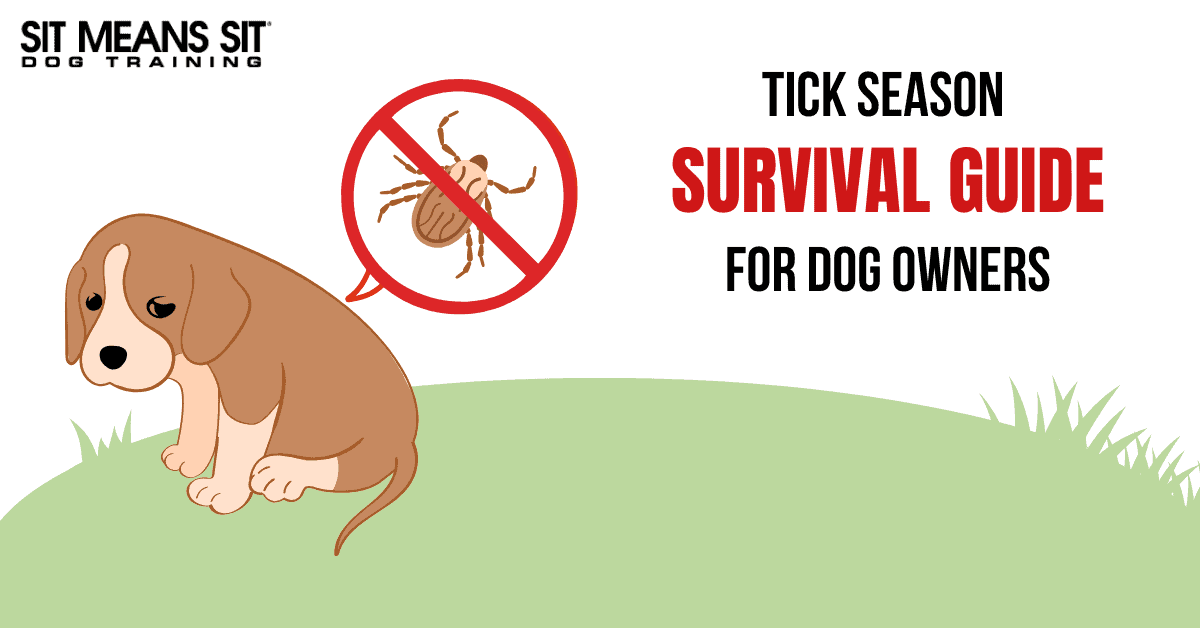The scariest season of the year is creeping in…tick season.
As the sun comes out and our furry friends leap into the grass, there’s a hidden danger lurking about. Ticks! These tiny pests can ruin a perfectly fun day outdoors and pose serious health risks to our pups. But don’t worry, responsible pet parents like you can fight back. With a little preparation and the right tools, you can keep your dog safe and happy all summer long. That’s why we’ve put together our ultimate Tick Season Survival Guide! Everything you need to know to protect your pup from these pesky invaders.
Tidy Up Your Yard
Ticks thrive in tall grass, damp brush, and leaf litter, so the more untamed your yard, the more likely it is to attract them. Fortunately, a little cleanup goes a long way in making your space less hospitable to these pests!
Tick-proof your yard checklist:
- Mow Regularly: Keep your lawn short, especially around the edges, where ticks often wait for a host to latch onto.
- Clear Out Debris: Rake up leaves, dispose of yard waste, and keep wood piled dry and neat.
- Create a Barrier: Make a 3-foot-wide buffer zone between your lawn and any wooded or bushy areas to deter ticks from crossing into play spaces.
- Apply Pet-Safe Pesticides: Consider using a pet-friendly pesticide to treat your yard. These treatments can help control tick populations without putting your pets or the environment at risk, but be sure to follow the instructions carefully!
Identify the Tick Species in Your Area
Below is a nifty chart to help you identify what types of ticks are in your area, where they live, and the major infectious diseases that follow. Knowing this can help you better prepare for what you are up against!
Know the Symptoms of Tick-Borne Illness
Even with the best prevention, ticks can slip through the cracks. Which is why it is essential to know the warning signs of tick-borne illnesses, and early detection can make all the difference.
- Lethargy: If your usually energetic, fluffy friend seems unusually tired, definitely do a tick check.
- Fever: A warm nose or ears might signal a mild fever and often be one of the first signs that something is off.
- Skin irritation: Redness, swelling, or scabbing where a tick latched on could be more than a bite reaction.
- Discharge from the nose or eyes: Another big signal!
- Muscle Pain: Limping, stiffness, or difficulty standing up may point to Lyme disease.
- Vomiting or Diarrhea: A little less common, but gastrointestinal issues are also a sign.
Even if your doggo isn’t experiencing any symptoms, it would be best after any outdoor adventure to do a proper tick check.
For More Guides on Tick Season Survival, Check Out These Links Below!
How to Remove a Tick From Your Dog

